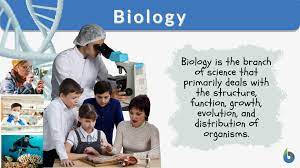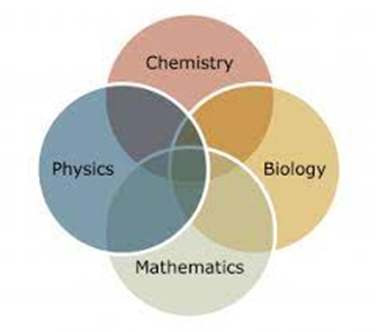Energy and Carbon Utilization
On the basis of energy and Carbon utilization, the organic are the divide into three types:
01 Autotrophs
02 Heterotrophs
03 Lithotrophs
Classification based on energy and carbon utilization of organism
Microbial nutrition
Carbone sources
Autotrophs CO2 sole or principal biosynthetic carbon source
Heterotrophs Reduced, performed, organic molecules from other organisms
Energy source
Phototrophs Light
Chemotrophs Oxidation of organic or inorganic compounds
Hydrogen and electron sources
Lithotrophs Reduced inorganic molecules
Organotrophs Organic molecules
Phototrophs use light as an energy source, while chemotrohs use electron donors as a source of energy, whether from organic or inorganic sources, however, in the case of autotrophs, these electron donors come from inorganic chemical sources. Such chemotrophs are lithotrophs. An organism that eats other organism is called heterotrophy (Flowchart above)
Roles and interactions of producers (plants), Consumers (animals) and Decomposers (fungus, insects, etc). The role of a decomposer is to decompose or break down dead matter in the environment. Plants make their own food by the process of photosynthesis and also produce food for other consumers. Without producers an ecosystem could not sustain itself.
01 Herbivores eat only producers
02 Carnivores eat only other consumers
03 Omnivores eat both producers and consumers





0 Comments